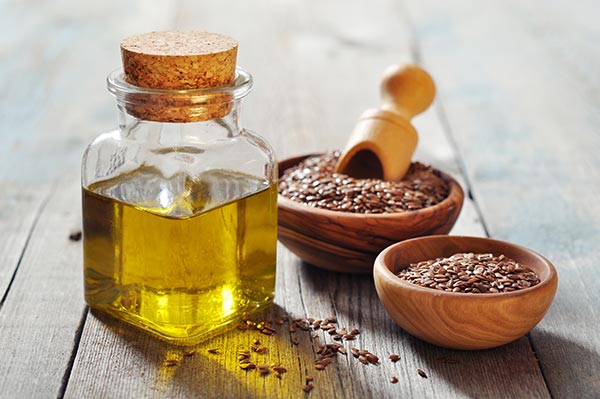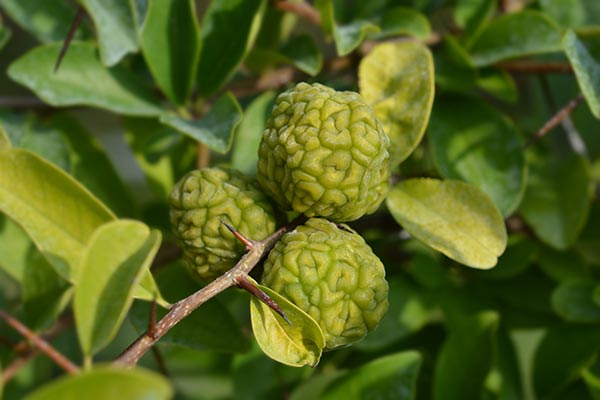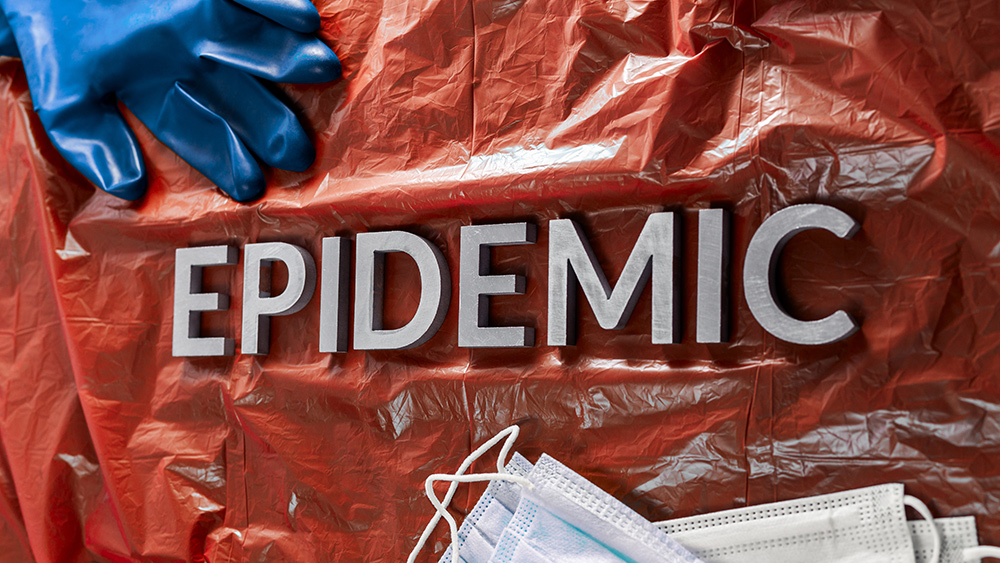Seashell-inspired shatterproof glass: Researchers engineer strong composite glass based on mother of pearl that can resist impact
02/13/2020 / By Michael Alexander

Despite their delicate appearance, seashells are surprisingly durable. This unexpected durability comes from the tough, impact-resistant substance known as nacre, also known as mother of pearl.
Nacre is an organic-inorganic composite material that also gives seashells their signature iridescence. It is made up of microscopic calcium carbonate tablets mortared together by proteins. Arranged like bricks, this allows seashells to effectively absorb impact without breaking.
And now, as detailed in the research journal Science, researchers and engineers from McGill University have developed a new type of shatterproof glass based on nacre’s unique structure.
This came about as a way to address some of the most glaring weaknesses of glass as a material: its inherent brittleness and poor impact resistance.
“In a car, a building or a smartphone, glass components are always the weakest links and the most fragile in the entire system,” Francois Barthelat, a mechanical engineer at McGill University in Montreal, said.
With a little help from nature, broken windows, shattered screens and damaged windshields may all become a thing of the past. (Related: “Smart” windows made from common glass and cheap nanocrystals.)
Developed over the course of around 15 years, the researchers made the shatterproof glass by first pulsing ultraviolet laser beams to etch square or hexagonal patterns onto borosilicate glass sheets. Each sheet measured just 220 microns thick, or roughly twice the average width of a human hair. These etched sheets were laminated with thin layers of plastic, before being separated into individual tiles, each 1 to 4 mm wide.
According to the researchers, they found their newly developed nacre-like glass to be two to three times more impact-resistant than tempered or laminated glass, or about 15 to 24 times more impact-resistant than plain glass. It was also noted to maintain high stiffness, flexural strength and surface hardness. The researchers also added that despite the five-layer-thick nacre-like glass’ toughness, it was only marginally less transparent than conventional laminated glass.
Barthelat said that while glass scientists will say that shooting powerful laser beams into a piece of glass will create defects in the material and therefore decrease its strength, their newly developed glass is proof that in some cases, seemingly “weakening” a material actually makes it better.
He also added that their method for developing and manufacturing the new nacre-like glass is relatively easy and scalable – this means that it can be made at industrial volumes at a reasonable cost.
Structural engineer Kyriaki Corinna Datsiou at the University of Nottingham in England, said that even though substantial research on the structural properties of nacre already exists, Barthelat’s research is the first time the concept surrounding the material’s structure was successfully applied to laminated glass.
Datsiou did not take part in this research, but wrote a perspective article on the new research for the journal Science.
According to Datsiou, possible applications for the new material might include windows and cladding for automobiles and buildings “exposed to wind-borne debris during windstorm events or to blast impact during terrorism or crime scenarios.”
Barthelat, for his part, said he and his team want to make nacre-like glass in a variety of forms in the future, such as ultra-thin sheets for touch screens and bendable plates that would flex to “large deformations” and and then recover without damage.
Sources include:
Tagged Under: biomimicry, breakthrough, future science, future tech, glass, inventions, materials research, materials science, mother of pearl, nacre, seashells
RECENT NEWS & ARTICLES
COPYRIGHT © 2017 RESEARCH NEWS




















